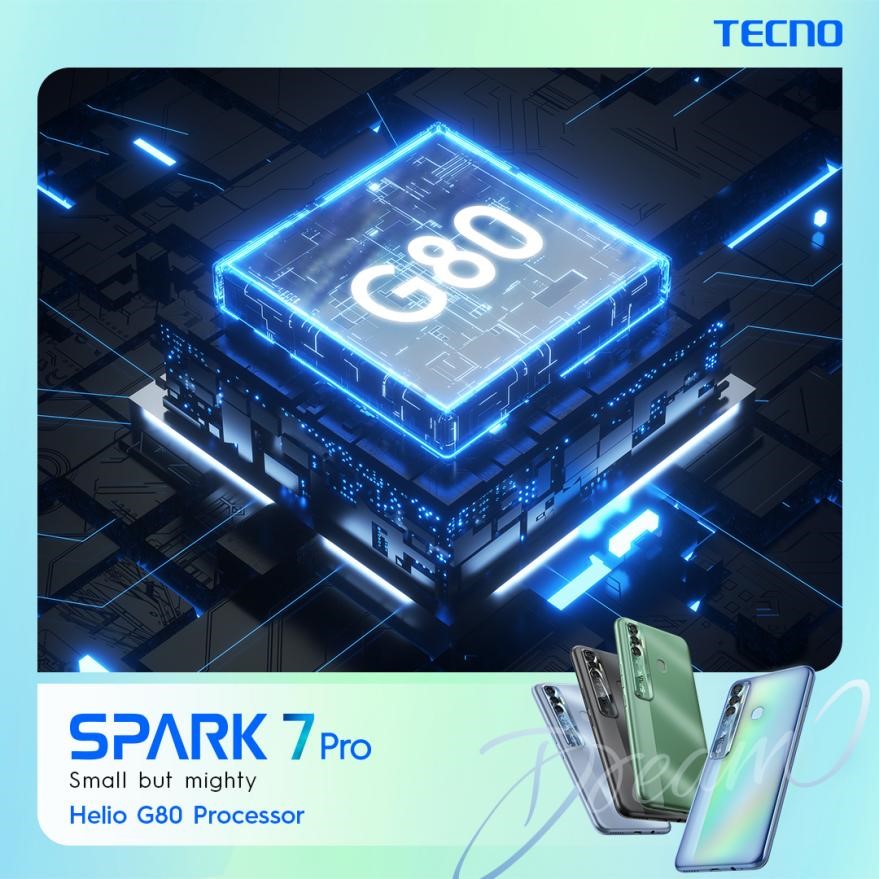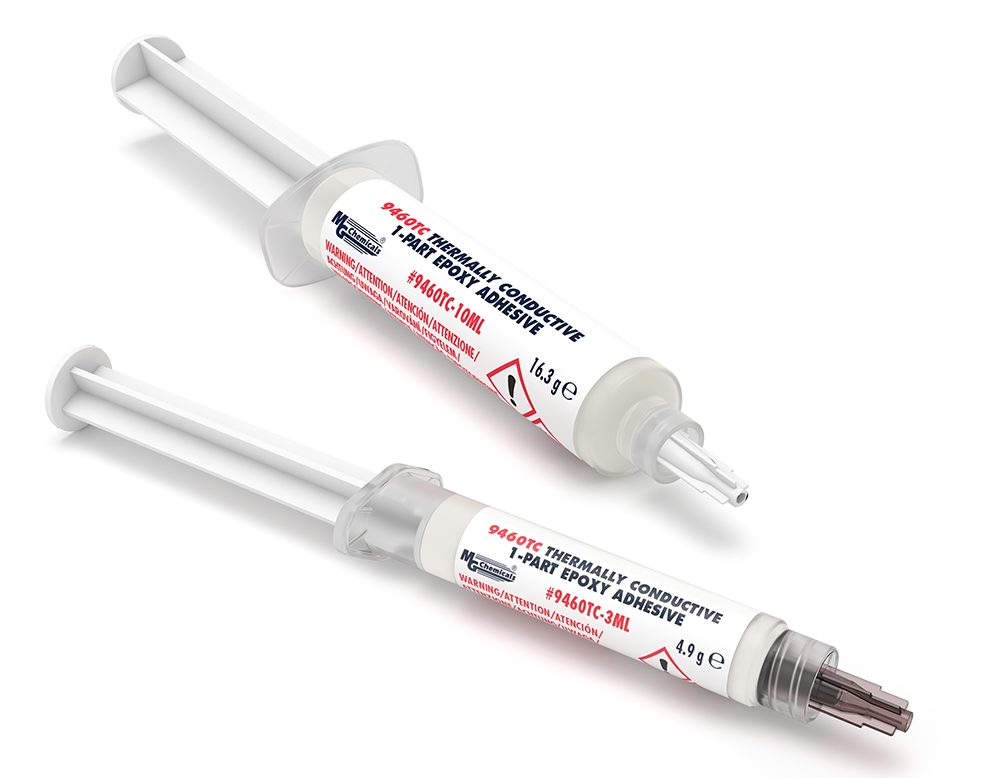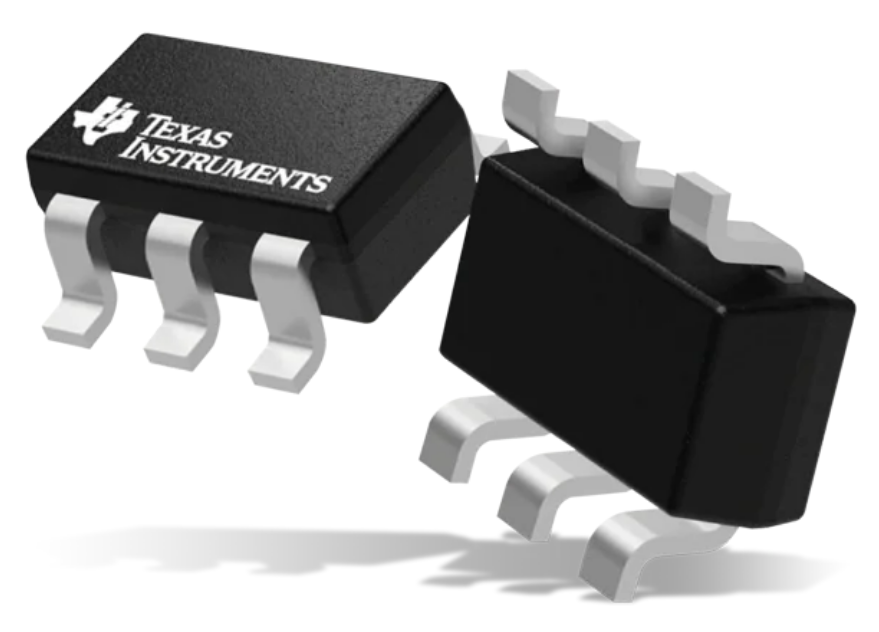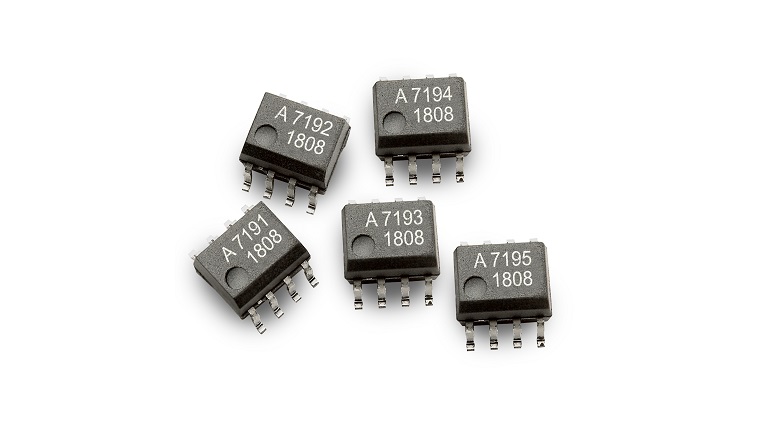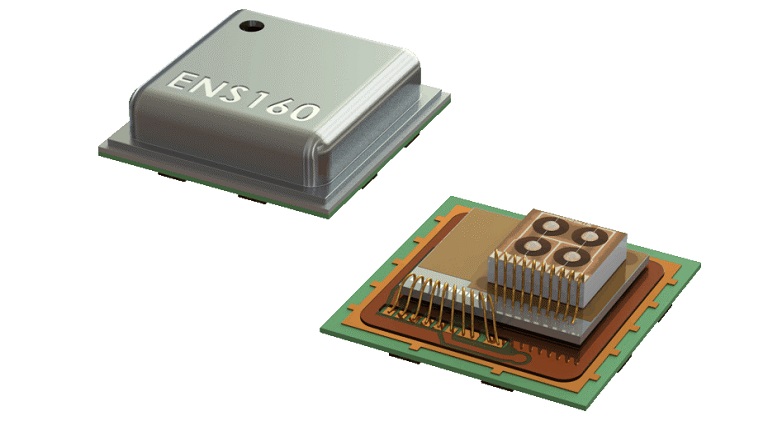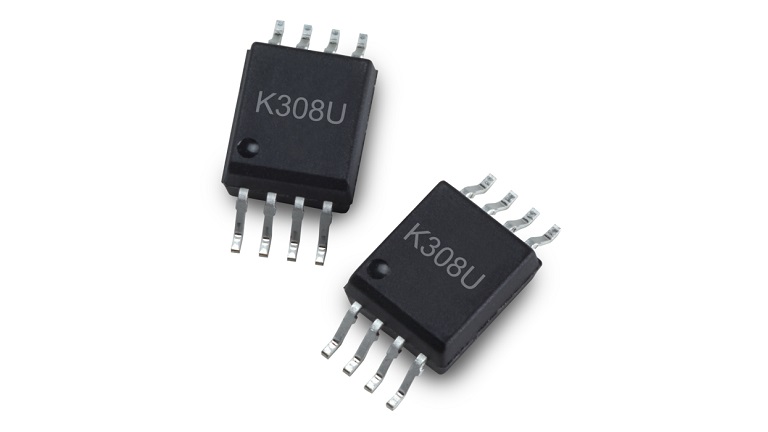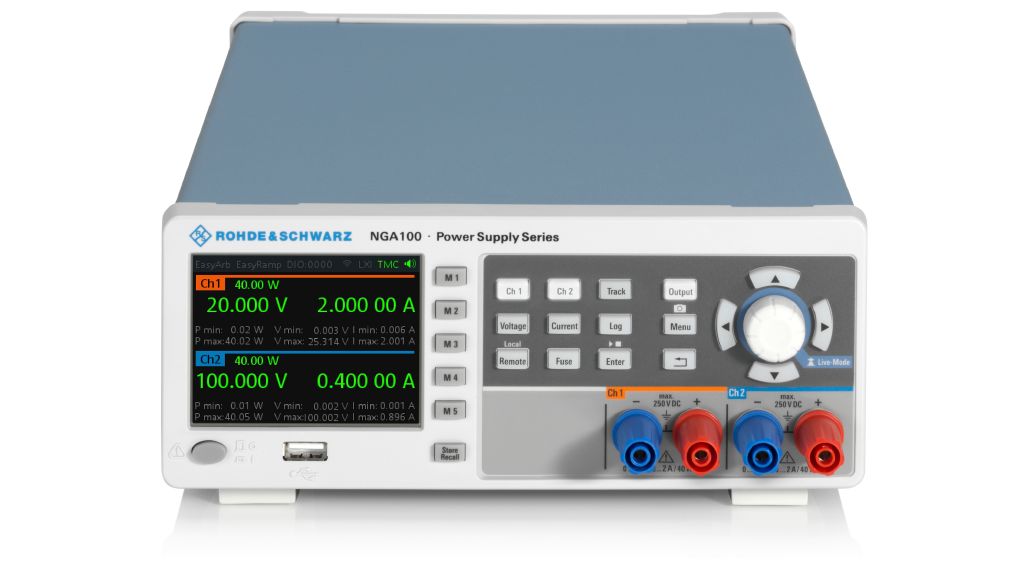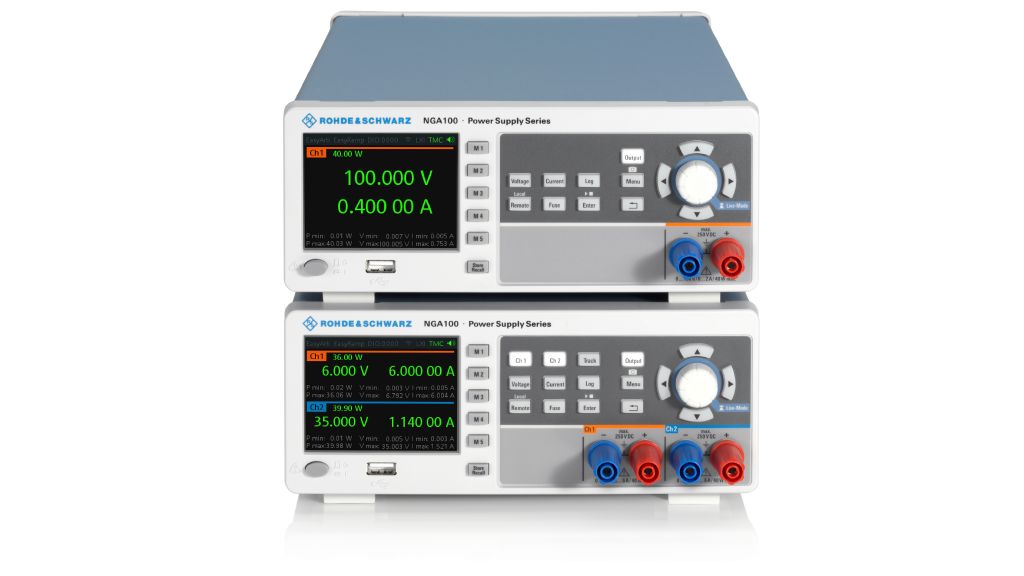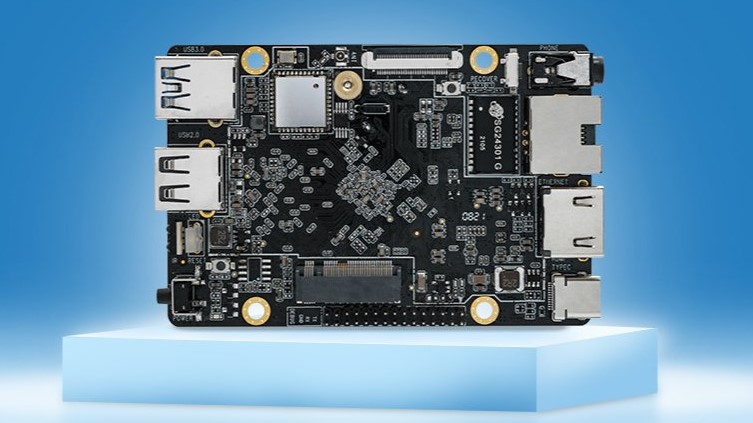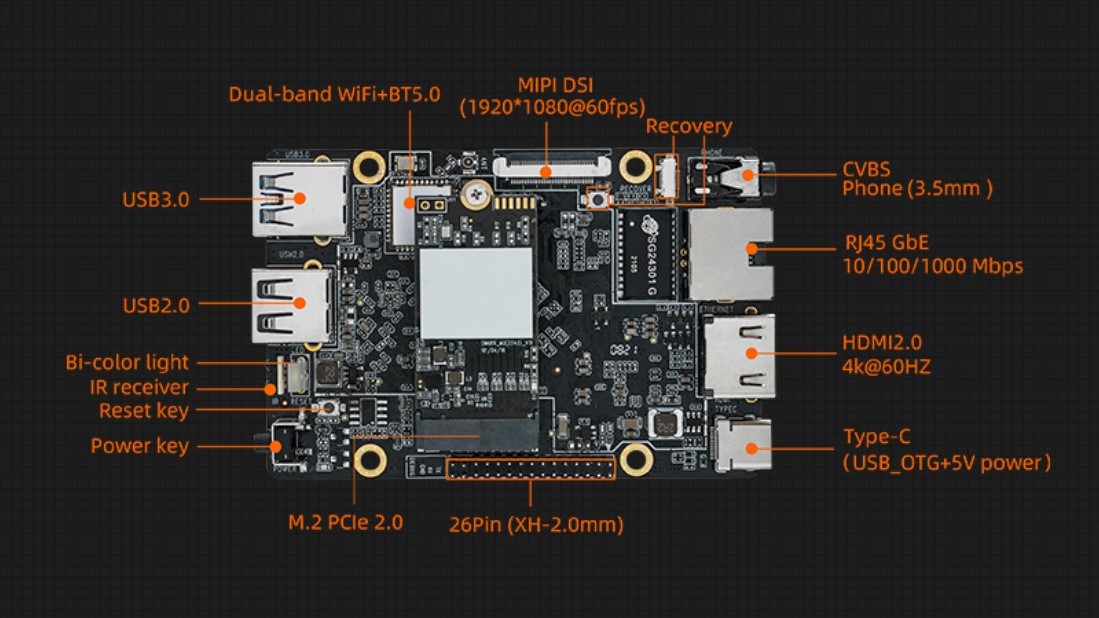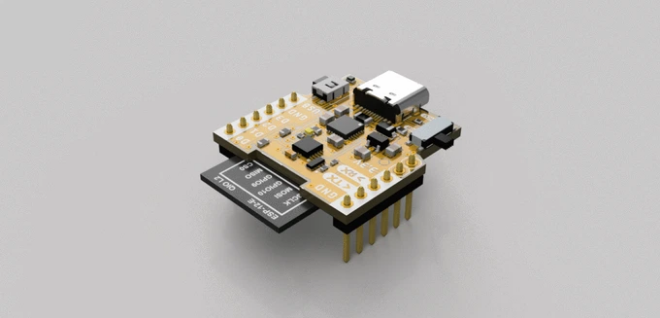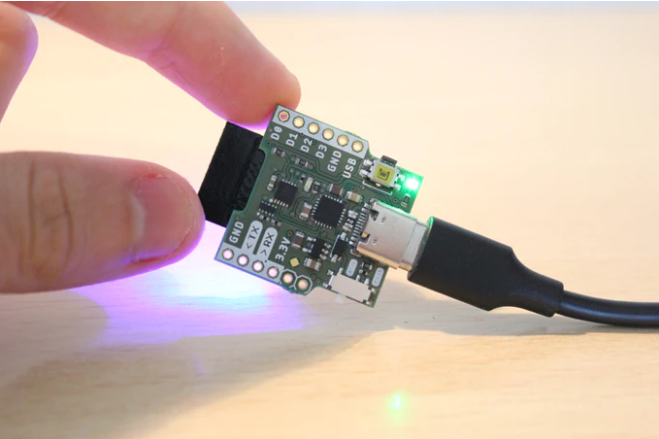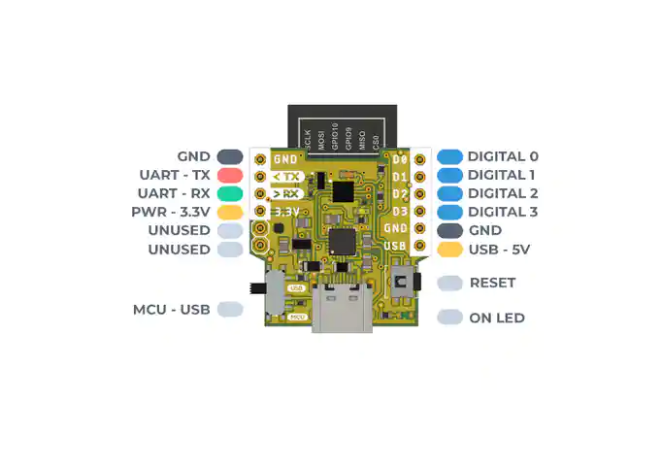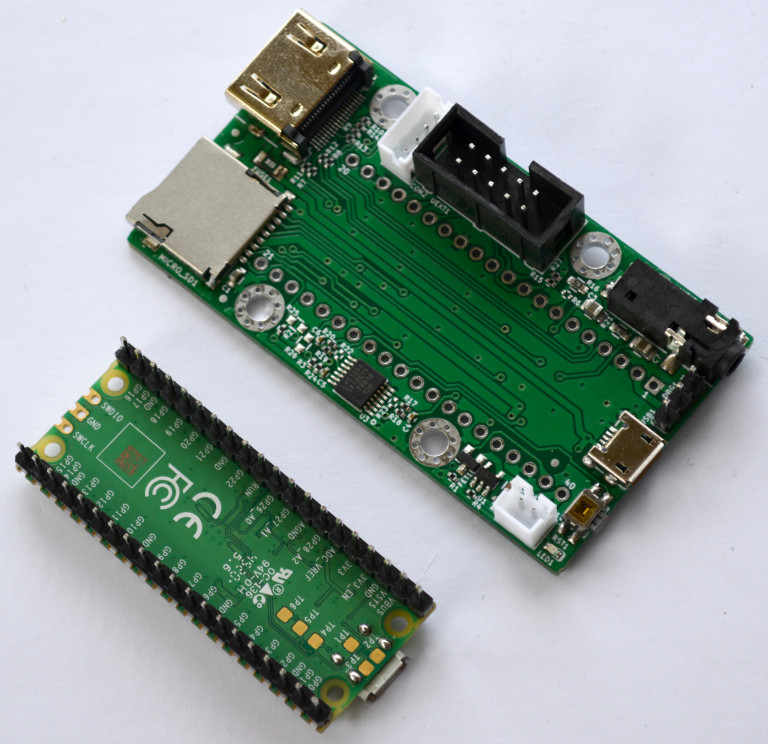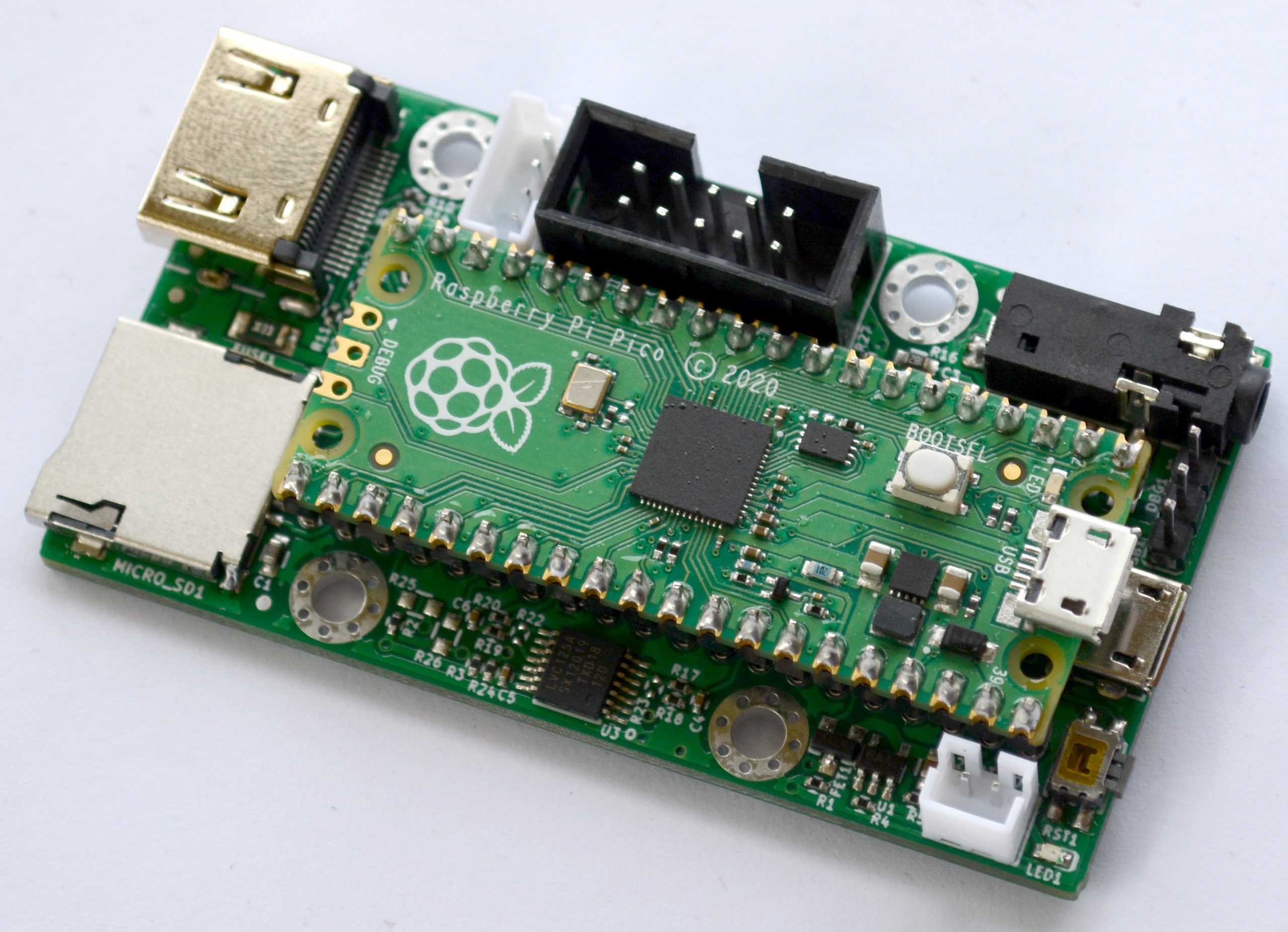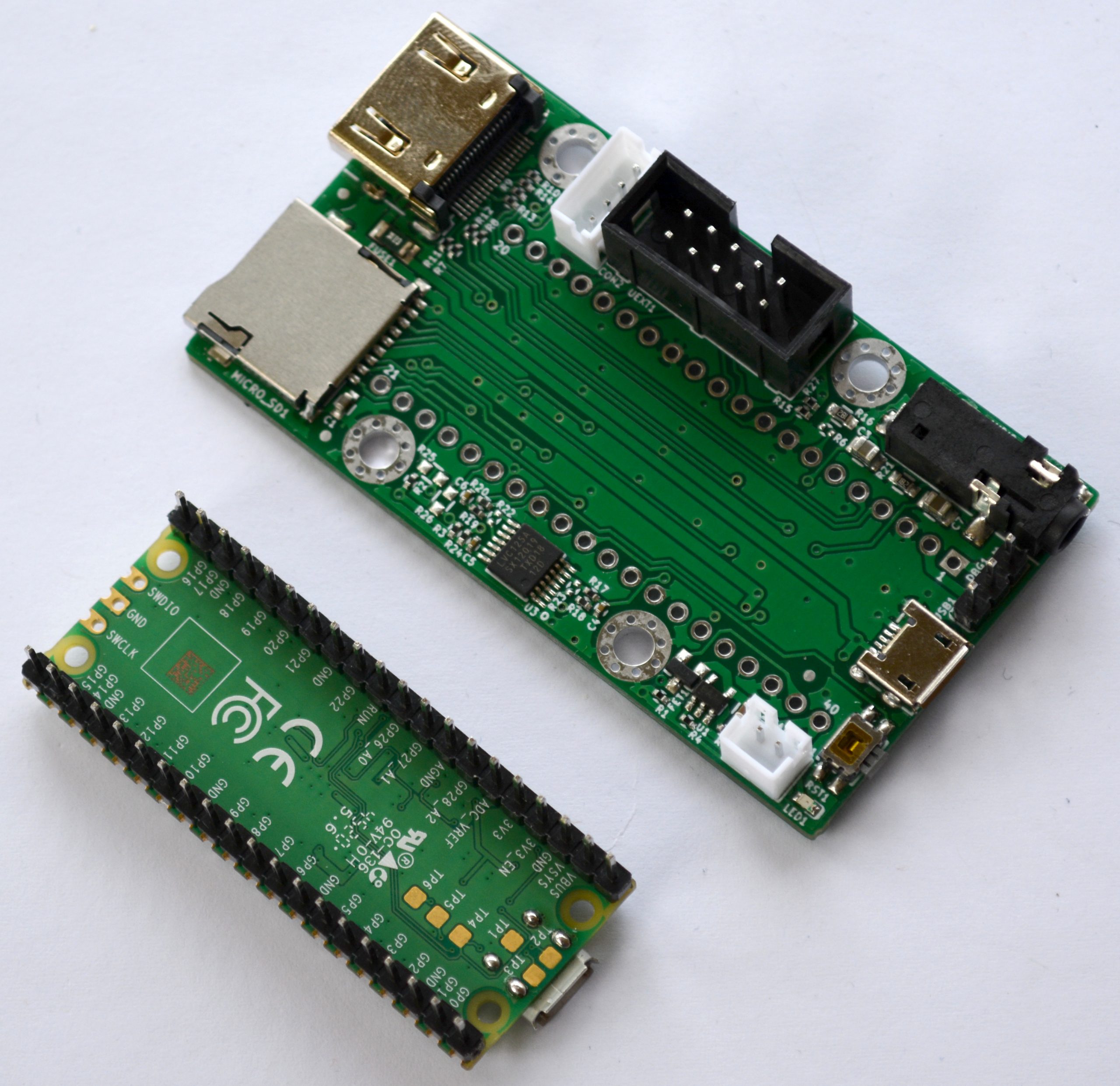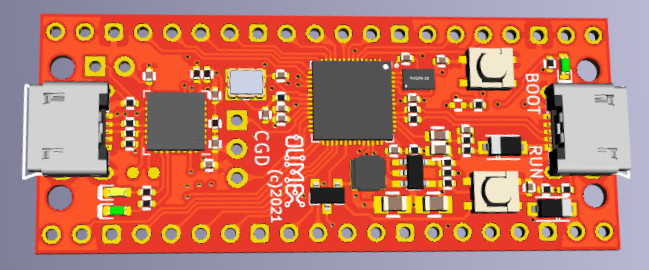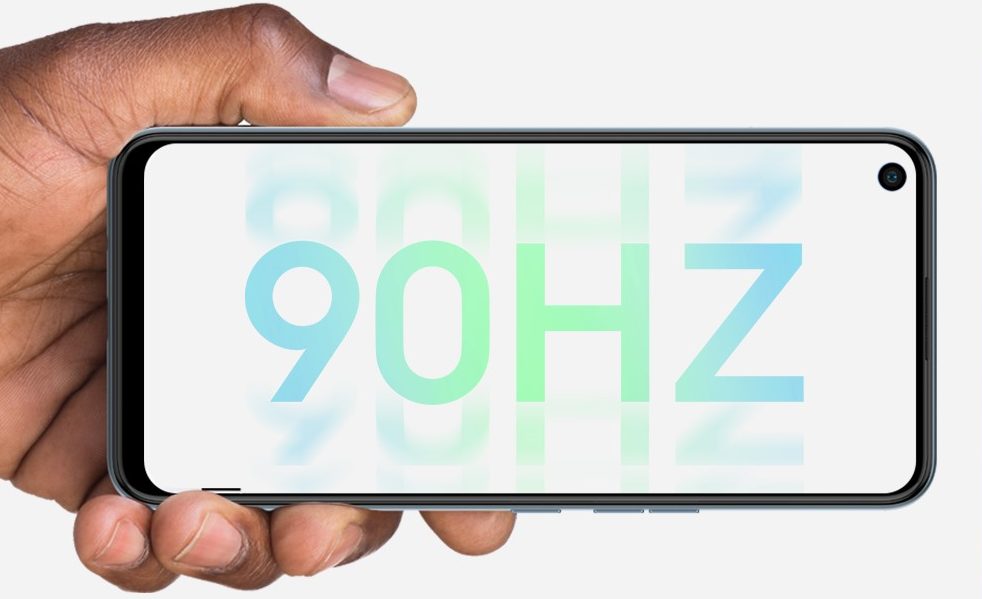
Equipped with 48MP Clear Triple Camera, mighty Helio G80 chipset, the Super Night Mode and blazing-fast 90Hz/ 6.6-inch edge-to-edge display the Spark 7 Pro will be available at retail store soon.
TECNO mobile, a global premium mobile brand, has freshly launched the innovative Spark 7 Pro smartphone for Gen Z. Packed with the dynamic 48MP Clear Triple Camera and new Helio G80 chipset, the Spark 7 Pro delivers the most captivating cinematic experience simulated through its BIGGER and BETTER 6.6-inch edge-to-edge display with an unprecedented Super Night mode. Enabled through its micro intelligence integrant which grants the rising generation access to an innovative tool, allowing them to streamline many imperative tasks, creating the most rewarding experience yet. The Spark 7 Pro will be welcomed in the global market soon.
Stephen Ha, General Manager of TECNO Mobile, commented on the launc:
“TECNO is always baring the young generations’ demands in mind to provide them the best of contemporary technologies in artistic designs and elegant taste. With popularity in over 60 markets, TECNO showcases its mastery of serving the youth-generation consumers who are “young at heart”, and inspires them to never stop pursuing excellence. TECNO SPARK 7 series are the ones that reflect our promise to the Gen-Z and colleague students the most with the most advanced technologies like the BIGGER and BETTER display to bring them immersive cinema experience at the fingertips, and the ungraded 48MP Clear Triple Camera for them to embrace a clearer world.”
Spark 7 Pro’s ingenious 48MP Clear Triple Camera is an additional compelling feature that will enable the new breed of innovational youth, to capture every minuet detail of their busy lives through acute technological advances ensuring no occasion goes a miss be that day or night. The newly-added AI lens brightens the overall dark environment and has made it easier for your smile to stand out. The 48MP Clear Triple Camera is accompanied by Spark exclusive photo function “Smile Snapshot”. AI Portrait focuses on the face and captures the photo when it sees a smile. You will never miss out on the perfect shot. Bring out your inner cinematographer and shoot films like the professionals. Video Bokeh always focuses on you and blurs the background giving your video that cinema touch. Intelligently adapting to different skin effects and individual features, Video Beautify offers more natural and gorgeous beautification effects. Spark 7 Pro in hand, you are the focus!
The Spark 7 Pro brings comprehensive updates on its exceeding visual performance. Users can enjoy the smooth, snappy, and refreshing experience with a 6.6 inch clear screen at a blazing-fast 90Hz refresh rate. The 6.6 inch edge to edge display is also equipped with ample room to navigate through multiple applications with prompt accessibility to different functions, that too within paramount time. Users also earn the privilege of experiencing the new technology of the 90Hz refresh rate at this accessible price.
Equipped with SoC Helio G80, an all-new 2.0GHz, Octa-core processor and dedicated 950MHz graphics unit, SPARK 7 Pro benchmarks at twice the speed of the previous generation. Animations are smoother, Apps load quicker, and photos are sharper. Connect with the world around you faster than ever before.
The smile snapshot function of TECNO SPARK 7 Pro enables AI Portrait focus on the face and captures the photo when it sees a smile. The users will never miss out on the perfect shot when taking a beautiful picture of the children that won’t sit still, or a fleeting moment that is gone in a flash.
Other highlighted features packed the competitive smartphone including:
- Bluetooth Audio Share 2.0: When happiness is shared, it multiplies. With Bluetooth Audio Share 2.0, you can spread your joy to even more people. Get the party started whenever, wherever and let your friends and family join in a music-blasting, merry-making fest.
- 3 variants 128+4GB/64+6GB/64+4GB, and 5000mAh battery enable the Spark 7 Pro long-lasting storage and power. It promises fewer lags, fewer prompts about “Storage Almost Full” and more space for snapping as many photographs as you need. The 5000mAh battery holds the exceptional capability of retaining power on your phone for 14 days without any recharging. Gone are the days when the users have to run around the street panicking and trying to find a charging station, because SPARK 7 Pro just never goes off easily.
- Built on Android 11, HiOS7.5 offers a richer and fun experience with extensive and immersive collection of features such as the Custom Timing Dark Theme, Chat Bubbles, Video Assistant, App Twin and more. With instant messaging the norm of the day in times like these, enhanced accessibility on a smartphone is on the top wish list of all users. HiOS 7.5’s Chat Bubbles help to minimize skipping apps or closing what you’re doing just to respond to a message. This means you can keep relevant chat notifications on the forefront in rounded bubbles that floats and you can easily tap it to respond or read chats without having to leave the page where you’re at.


